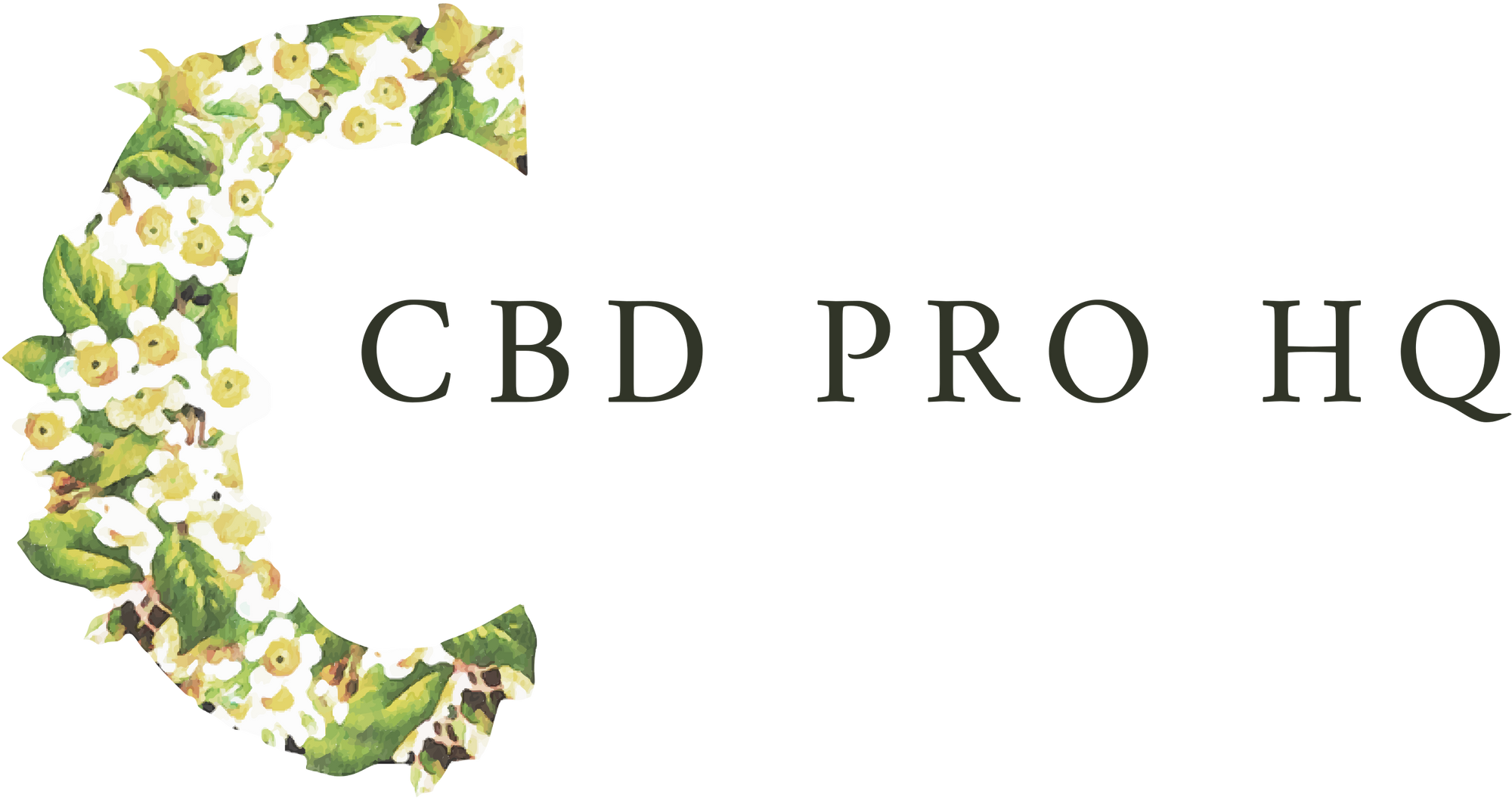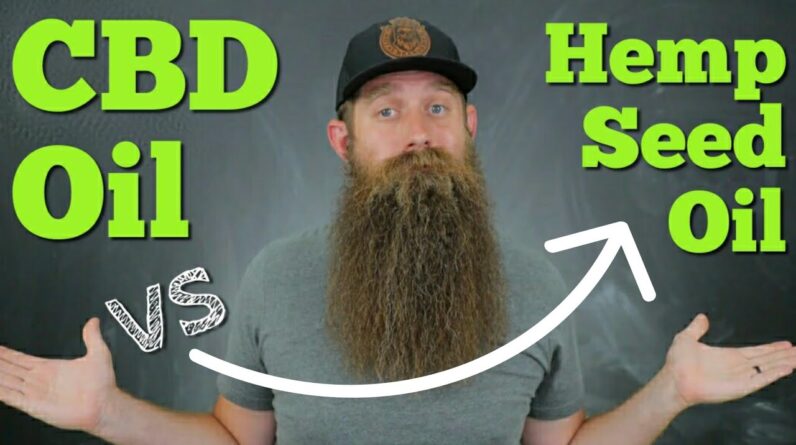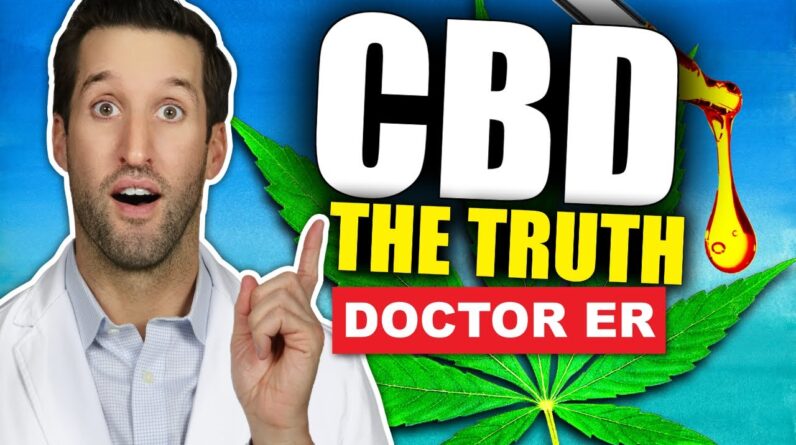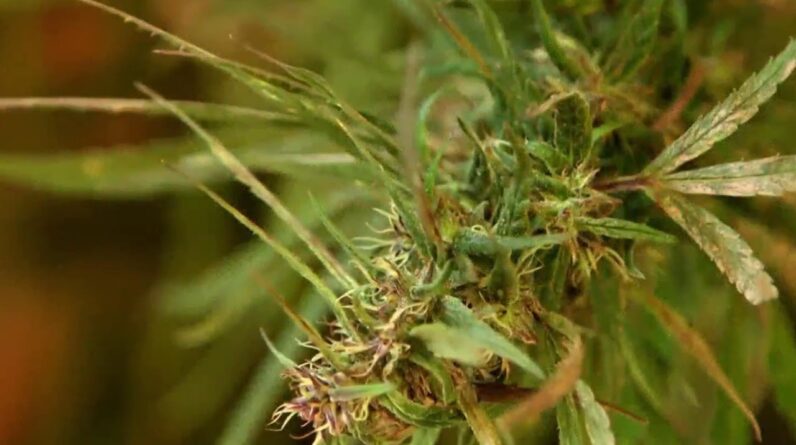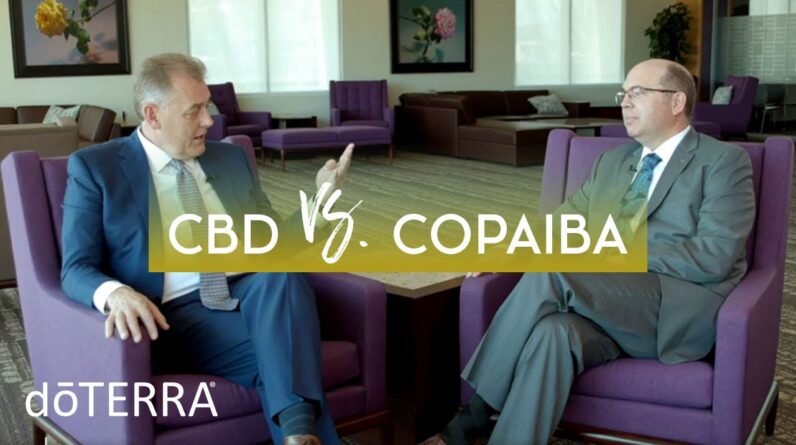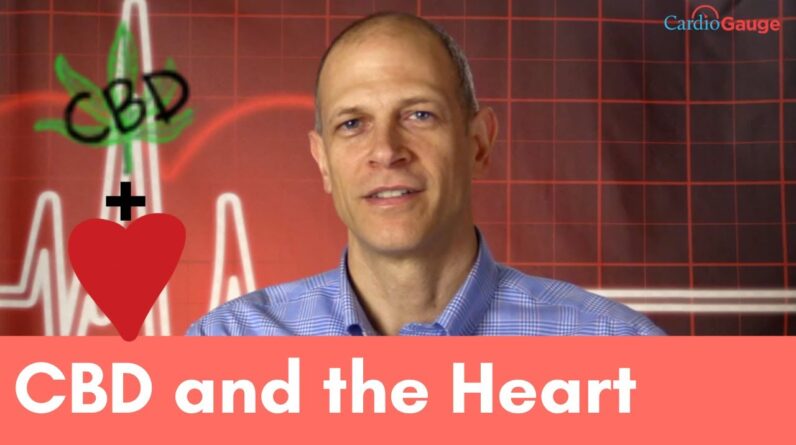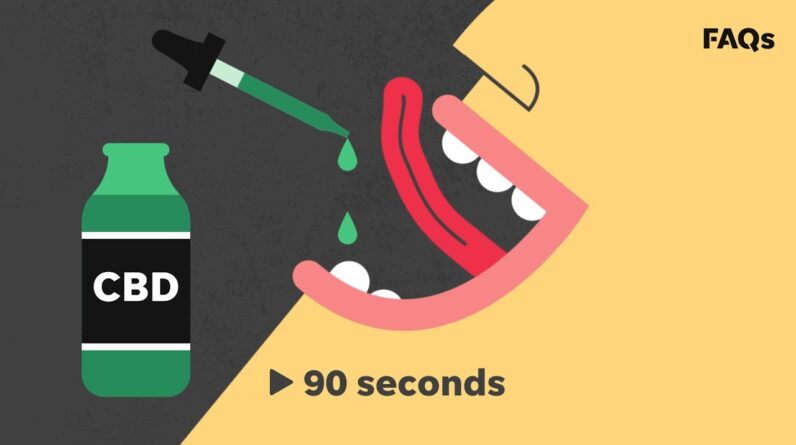
– [Narrator] You've probably already heard about cannabidiol,
better known as CBD. It's exploded in popularity with claims of treating everything
from insomnia to diabetes. – That's the only thing that would help me with my migraine headaches. – [Narrator] It can be consumed as an oil, applied to skin, or inhaled it as a vapor. We know CBD is a component of marijuana, but it's derived from hemp,
usually does not contain THC, and won't get you high. The game changer for the
CBD industry came when President Trump signed a farm bill legalizing hemp cultivation. One prescription drug
containing CBD has been approved for treating two rare forms
of childhood epilepsy, but the vast majority of
what we know about CBD has been limited to personal experiences and unproven animal studies.
– More often than not, things
that look good in animals, when you go into humans,
those effects aren't there. – [Narrator] According to a
2018 Harvard Health Blog post, scientists say they still don't know much about how CBD affects the brain or which doses and
delivery methods work best. For example, if you put a few drops of CBD under your tongue, you
might consume 10 milligrams. But some researchers say you
would need 30 times that amount to reach a threshold
that can relieve stress. And since CBD products
are primarily marketed and sold as supplements, the U.S. Food and Drug
Administration doesn't evaluate whether these products
are safe or effective. That means if you buy a CBD
product, you don't really know how much CBD is actually in the container. There's no denying the
CBD revolution is upon us and the marketplace is buying in. However, there's still
a lot of TBD about CBD..
